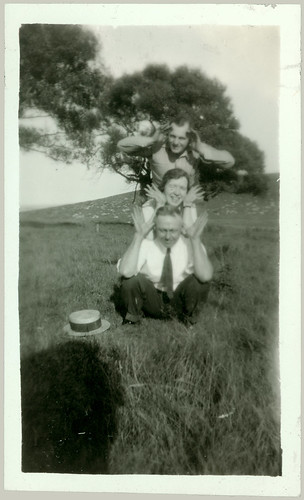Second in a series: “The power of collective intelligence in organizations”

Is a command and control hierarchy better than a communicate collaborate structure? Not sure? Read below.
My previous post on the concept of collective intelligence quoted Tom Malone, who is the Patrick J. McGovern Professor of Management and Professor of Technology at the MIT Sloan School of Management and author of the book The Future of Work. “Collective, global and human intelligence is growing due to technology and the Internet. This has never existed on our planet before,” says Malone.
But what does this mean for the way we run our organizations?
Organizations in the future will give employees “far more freedom, responsibility and power” says Malone and he provides some compelling models for designing companies of the future based on four different types of decentralized organizational structures: loose hierarchies, democracies, external markets and internal markets.
Loose hierarchies primarily are characterized by important decision-making occurring at lower organizational levels. AES, one of the world’s largest power producers, is an example of such a loose hierarchical corporate structure. Malone explains that AES operates on the basis of one important decision-making rule: employees don’t need approval of their decisions but they must seek advice for making decisions.
He says that democracies will replace old business models based on an increasingly outmoded industrial age. He sums this up as a shift from a “command-and-control” to a “coordinate-and-cultivate” management style.
I couldn’t agree more!
Takeaway #18 in my book Building a Winning Business describes the importance of involving the whole team when defining values. Taking a page from business expert Jim Collins we employed the Martian Group exercise in which all employees are asked to pick the handful of colleagues who best exemplify the organization’s core values. This process helped us indentify the values we hold most dear at Intertech: positive attitude, commitment to delivering and professional excellence.
